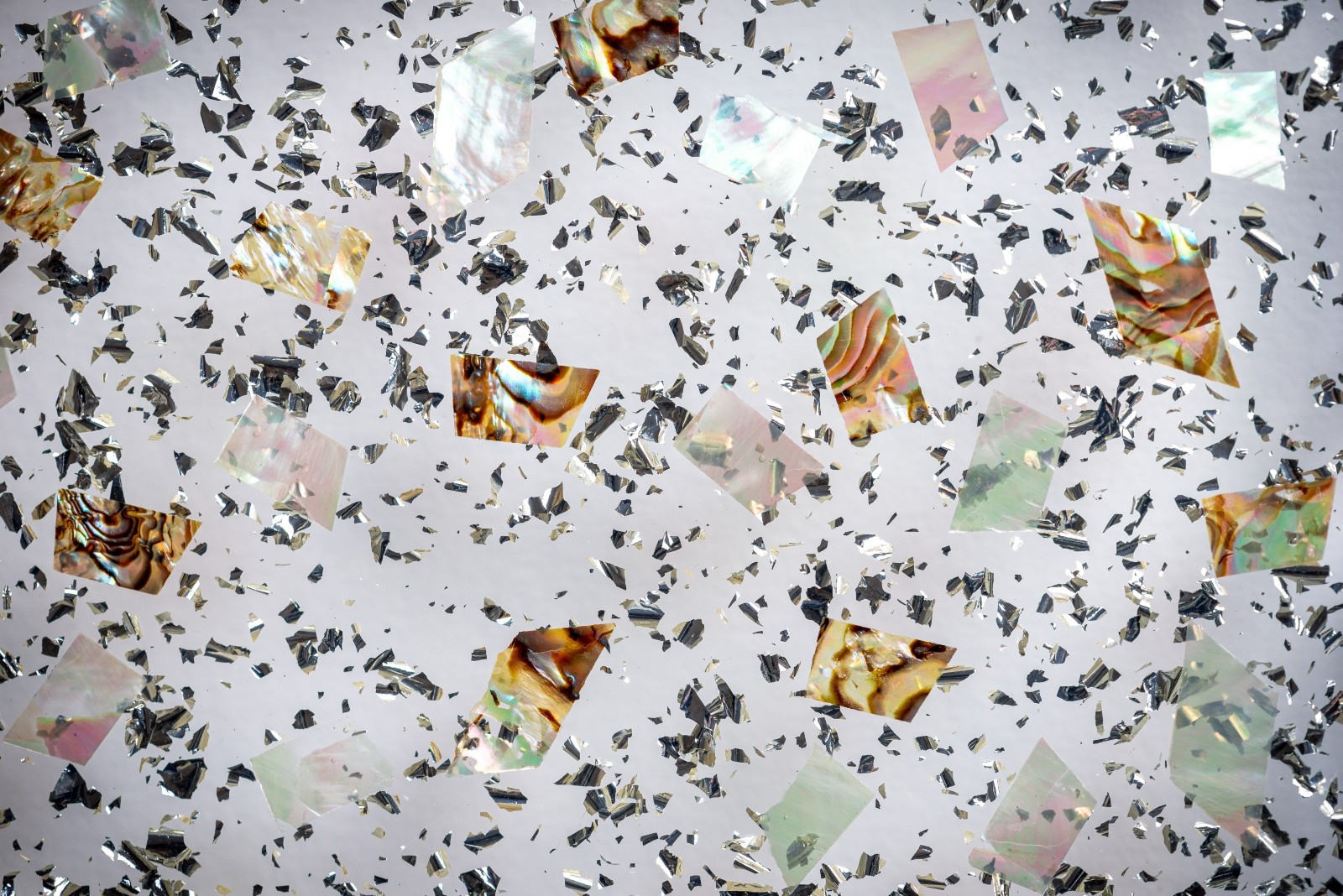Researchers at Tel Aviv University found a way to use nanotechnology to infuse color into transparent calcite nanoparticles, turning the previously invisible and transparent particles into easily detectable, sparkling gold particles.
These visible particles can serve as a basis for innovative medical approaches to diagnosing and delivering light-activated drug therapies for cancer patients.
The new technology also opens promising prospects for biomedical applications including photothermal therapy, photoacoustic tomography, bioimaging, and targeted drug delivery.
The research and development were conducted by an international team of scientists coordinated by Roman Noskov and Prof. Pavel Ginzburg of TAU’s Iby and Aladar Fleischman Faculty of Engineering; Prof. Dmitry Gorin of the Center for Photonics and Quantum Materials at the Skolkovo Institute of Science and Technology; and Evgeny Shirshin of the M.V. Lomonosov Moscow State University. The findings were recently published in the peer-reviewed journal Advanced Materials.
While traditional methods of optical engineering often use toxic compounds and chemicals, this new method employs gold nanoseeds and porous vaterite (calcium carbonate) spherulites, which are currently considered to be promising drug-delivery vehicles.
The infusion of the gold nanoseeds creates a new material whose resonance properties can be widely tuned by changing the quantity of gold inside the vaterite.
Ginzburg said he believes that the collaboration will lead to live subject (in vivo) demonstrations, which, in turn, “will pave the way for a new biomedical technology.”
Fighting for Israel's truth
We cover what makes life in Israel so special — it's people. A non-profit organization, ISRAEL21c's team of journalists are committed to telling stories that humanize Israelis and show their positive impact on our world. You can bring these stories to life by making a donation of $6/month.








